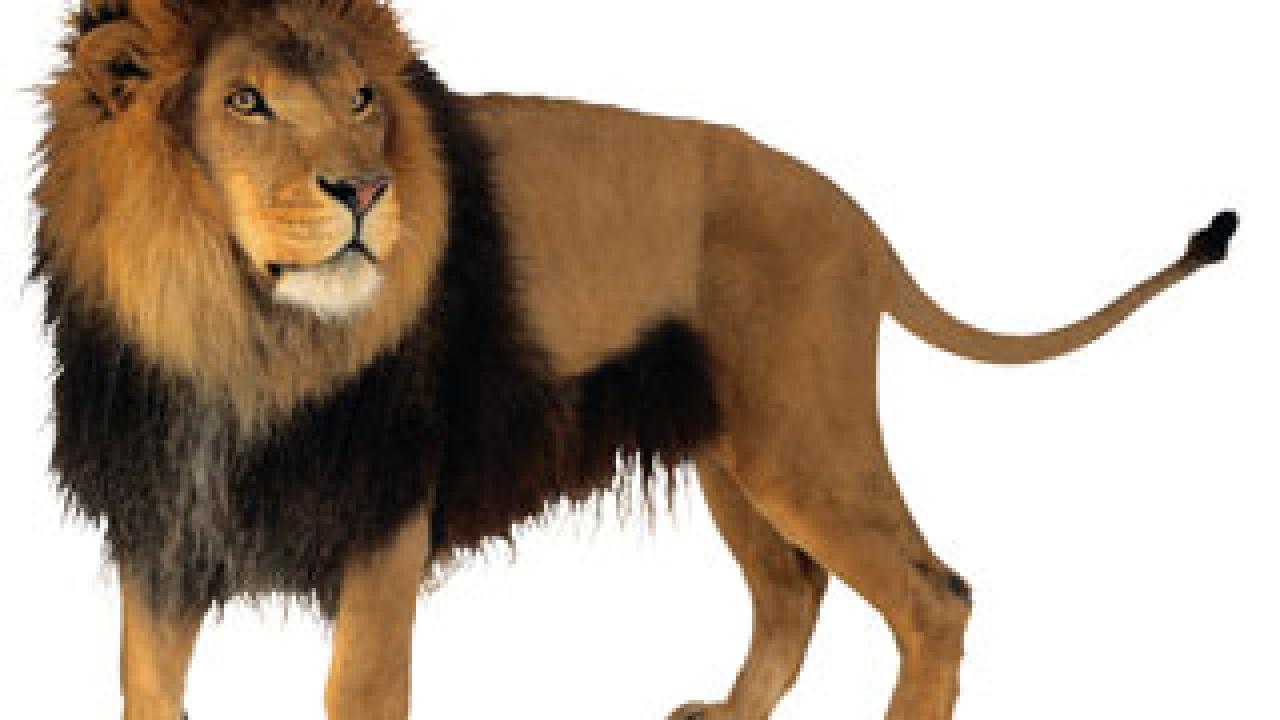The decline of large predators and other "apex consumers" at the top of the food chain has disrupted ecosystems all over the planet, an international team of scientists reports tomorrow (July 15) in Science.
The study reviewed research on a wide range of terrestrial, freshwater and marine ecosystems and concluded that "the loss of apex consumers is arguably humankind's most pervasive influence on the natural world."
The “top down” ecological effects of losing these large animals have been underestimated compared to the “bottom up” effects of environmental changes, said Distinguished Professor of Biology Tom Schoener of the UC Davis Department of Evolution and Ecology, one of the authors of the review. The lead author is James Estes, professor of ecology and evolutionary biology at UC Santa Cruz.
“There are enormous implications for all aspects of ecology, from species diversity to effects on the air, water and soil, to the emergence of human diseases and the prevalence of wildfires,” Schoener said.
The decline of apex consumers has been most pronounced among the big predators, such as wolves and lions on land, killer whales and sharks in the oceans, and large fish in freshwater ecosystems. But dramatic declines have also occurred in populations of large herbivores, such as elephants and bison. These big animals are essentially invulnerable to predators — except for humans.
Apex consumers are also difficult to study and not amenable to the laboratory experiments that have guided a lot of thinking in ecology. But accumulating evidence from the field shows that the loss of apex consumers from an ecosystem triggers an ecological phenomenon known as a "trophic cascade," a chain of effects moving down through lower levels of the food chain.
Estes, Schoener and their co-authors cite several examples in their review, including:
- The destruction of wolves in Yellowstone National Park led to over-browsing of aspen and willows by elk, and restoration of wolves has allowed the vegetation to recover.
- The reduction of lions and leopards in parts of Africa has led to population outbreaks and changes in behavior of olive baboons, increasing their contact with people and causing higher rates of intestinal parasites in both people and baboons.
- A rinderpest virus epidemic decimated the populations of wildebeest and other ungulates (hooved animals) in the Serengeti, resulting in more woody vegetation and increased frequency and size of wildfires, before the virus was eradicated in the 1960s.
- Dramatic changes in coastal ecosystems have followed the collapse and recovery of sea otter populations; sea otters maintain coastal kelp forests by controlling populations of kelp-grazing sea urchins.
- The decimation of sharks in an estuarine ecosystem caused an outbreak of cow-nosed rays and the collapse of shellfish populations on which the rays feed.
Despite these and other well-known examples, the extent to which ecosystems are shaped by such interactions has not been widely appreciated.
"There's been a tendency to see it as idiosyncratic and specific to particular species and ecosystems," Estes said.
For example, Schoener points out that some ecologists have viewed trophic cascades as an issue largely for ocean systems, but the review discusses many examples from land.
Schoener’s own work has looked at the impact of a small predator, although large in its own world — lizards on small islands. He has found, for example, that removing the lizards from an island ecosystem can lead to increased damage to plants, because insects that eat the plants (and would normally be eaten by the lizards) multiply.
The review’s findings have profound implications for conservation. "To the extent that conservation aims toward restoring functional ecosystems, the re-establishment of large animals and their ecological effects is fundamental," Estes said. "This has huge implications for the scale at which conservation can be done. You can't restore large apex consumers on an acre of land. These animals roam over large areas, so it's going to require large-scale approaches."
The paper's co-authors include 24 scientists from institutions in six countries. Support for the study was provided by the Institute for Ocean Conservation Science, Defenders of Wildlife, White Oak Plantation, U.S. National Science Foundation, NSERC Canada and NordForsk.
Media Resources
Andy Fell, Research news (emphasis: biological and physical sciences, and engineering), 530-752-4533, ahfell@ucdavis.edu
Tom Schoener, Evolution and Ecology, (530) 752-8319, twschoener@ucdavis.edu
